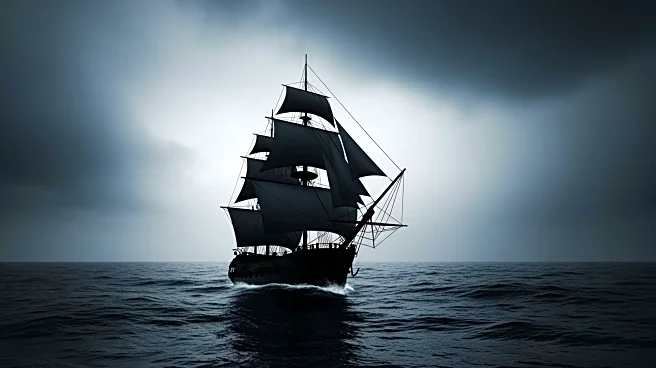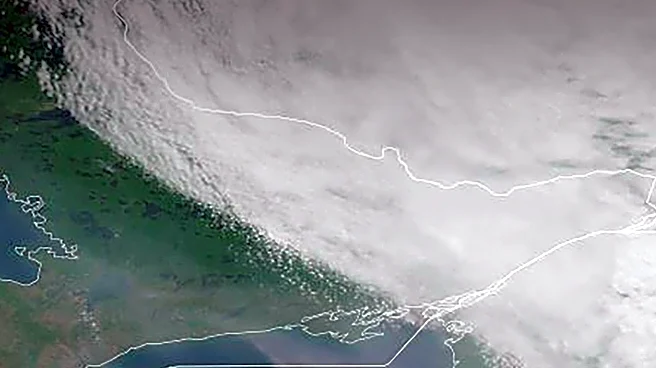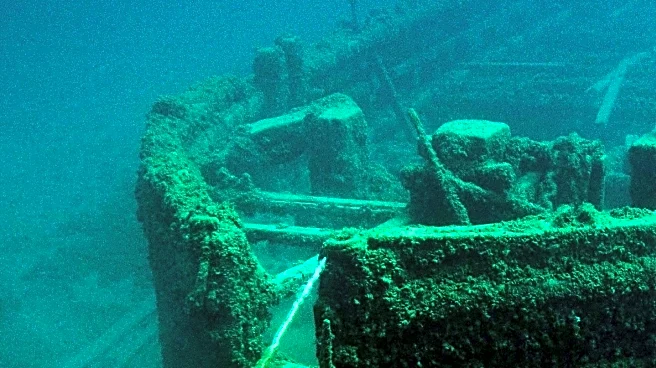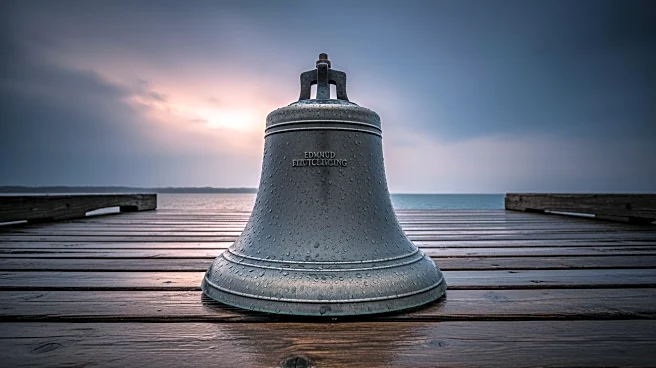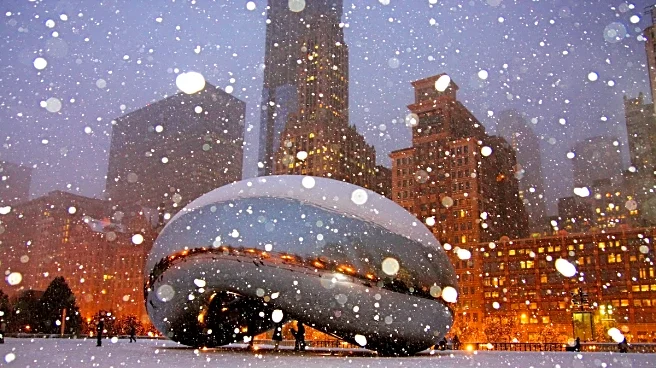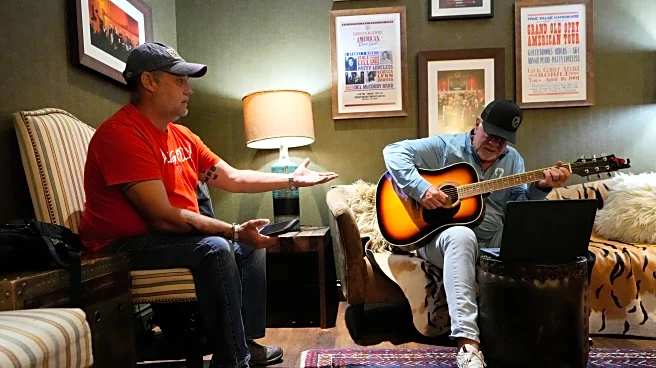What's Happening?
The 50th anniversary of the sinking of the SS Edmund Fitzgerald was marked by a gathering at Skylark, a dive bar in Chicago, where attendees commemorated the event with discussions and performances. The ship
sank in Lake Superior during a storm on November 10, 1975, claiming the lives of all 29 crew members. The tragedy was immortalized by Canadian singer-songwriter Gordon Lightfoot in his song 'The Wreck of the Edmund Fitzgerald,' which has seen a resurgence in popularity, particularly among younger generations. The song's haunting lyrics and the mystery surrounding the ship's sinking have contributed to its enduring legacy, with social media platforms like TikTok playing a role in its revival.
Why It's Important?
The renewed interest in the Edmund Fitzgerald shipwreck highlights the power of music and storytelling in preserving historical events. Gordon Lightfoot's song has transformed a regional tragedy into a cultural touchstone, resonating with new audiences and sparking discussions about maritime history and safety. The event underscores the role of digital platforms in reviving and reshaping historical narratives, as younger generations engage with the story through memes and social media. This phenomenon reflects broader trends in how historical events are remembered and celebrated, influencing cultural and educational discourse.
What's Next?
The continued interest in the Edmund Fitzgerald may lead to further exploration of Great Lakes maritime history and safety practices. Educational institutions and museums might capitalize on this renewed attention to promote awareness and understanding of maritime disasters. Additionally, the cultural resurgence could inspire new artistic interpretations and commemorations, ensuring the story remains relevant for future generations.
Beyond the Headlines
The fascination with the Edmund Fitzgerald shipwreck and its cultural revival through Gordon Lightfoot's song raises questions about the intersection of history, art, and digital media. It highlights how historical events can be recontextualized and given new life through creative expression and social media engagement. This trend may influence how other historical narratives are preserved and shared, potentially reshaping public memory and cultural identity.
